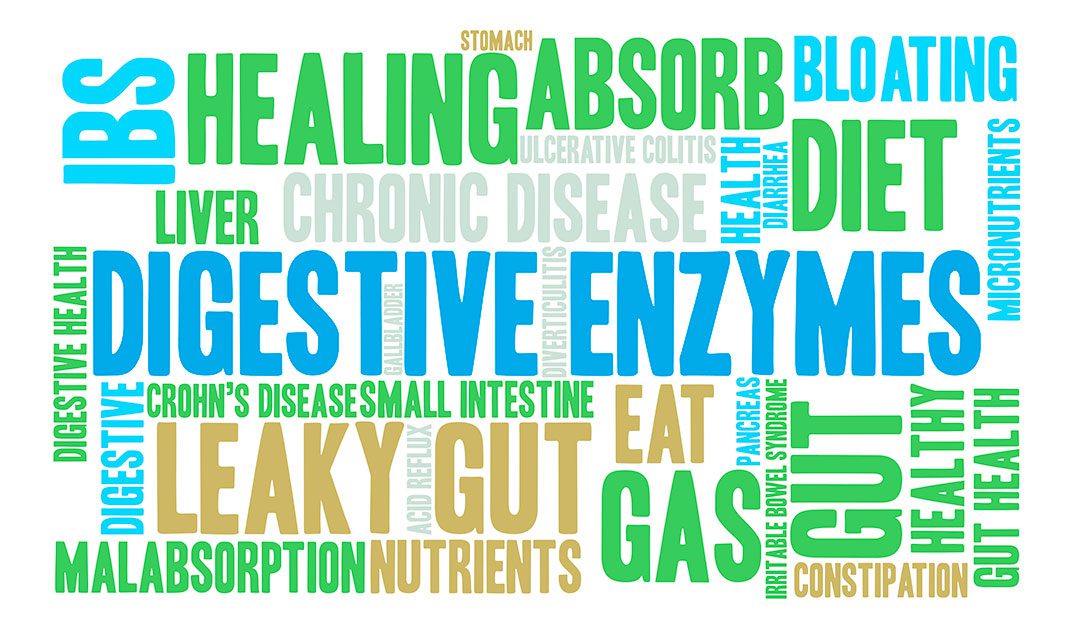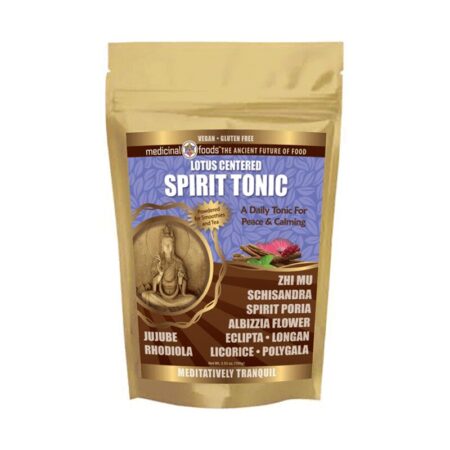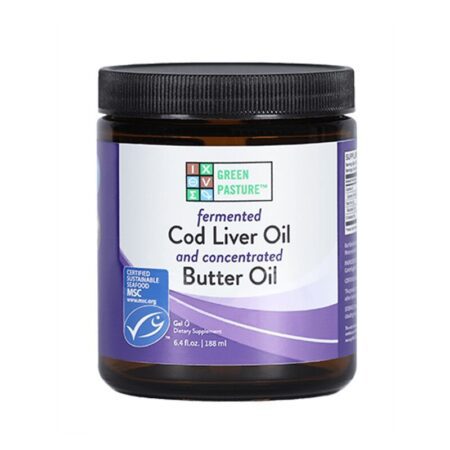Our microbiology is a complex and fascinating system of interconnected processes, and each element is as important as the next. What are enzymes and what are their roles on a day-to-day basis?
They are chains of amino acids, linked by peptide bonds, whose role is to catalyze (begin) a chemical process, or speed up the chemical process.
We need them for the most important bodily processes, specifically digestion, blood clotting, cellular respiration, and even for encoding and translating DNA strands for expression.
Each chain of amino acids is unique per its catalyzing process, and too little or too many disrupt the flow and execution of their jobs.
All living matter needs them for the maintenance of the inner living ecosystem, and one of the most important tasks is to absorb nutrients and convert them into food.
This is called metabolism, and the digestive process, from the moment we put food into our mouth, is based on breaking the food down using these long chains of amino acids.
We have them in saliva, which lubricates and softens food to make it easier to consume; our pancreas, stomach, liver, and intestines all contain these compounds.
Throughout the digestive process their job is to break down carbs, fats and other proteins into energy for our bodies to use as energy.
Some common ones used for digestion are:
-
Lactase, for breaking down sugars in milk into lactose
-
Carbohydrase, for breaking down carbs into sugar
-
Lipase, for breaking down fats into fatty acids
-
Protease, for breaking down proteins into amino acids
-
Sucrase, for breaking down a type of sugar called sucrose
Since their jobs are so specific, if there are disruptions in the digestive process, in the form of a lack of a certain amino acid chain, we will not be able to break down certain types of foods.
A common example are those who are “lactose intolerant” meaning they do not have sufficient amounts of lactase in their digestive tract to break down the lactase in milk.
Thus, they can become sick if they drink milk containing lactose. A common misconception is that they are genetically and forever unable to drink milk.
But there are ways to replenish depleted levels of whatever amnio acid chain that is lacking.
Are all enzymes proteins?
A protein is classified as multiple long chains of amino acids, but there are some molecules that comprise of a single long chain of amino acids.
These are Ribonucleic acid (RNA) molecules, whose job it is to translate the coded information in DNA into proteins.
What causes elevated liver enzymes?
Our liver’s primary function is to detoxify certain substances from the body, and it uses various types of amino acid chains to do this.
People who have elevated levels of them in their blood stream could be experiencing a type of liver disease.
When the liver is harmed by bad habits, a bad diet, or chronic inflammation, there are many serious and cascading effects related to our hormones, metabolism of fats and digestion, and the body’s ability to cleanse other toxins.
So what causes the liver to be inflamed?
One common disease is called Non-Alcoholic Fatty Liver Disease (NAFLD). It is connected with several other serious problems, namely type II diabetes as well as chronic obesity.
It is caused by a build up of fatty acids in the liver as a result of eating processed junk food, low-quality animal products, and a lack of exercise.
Although NAFLD is the non-alcohol related liver disease, chronic alcohol drinkers will also, over time, experience an inflamed liver because of the constant need to detoxify alcohol from the system.
Many medications can also cause serious damage to the liver. Even over the counter drugs such as Tylenol (acetaminophen) will deplete glutathione, an antioxidant that helps the liver detoxify substances.
Drugs that contain acetaminophen also create oxidative stress that will cause the liver to be inflamed and slowly destroy the mitochondria in cells, which is the part of the cell involved with metabolism and energy production.
Some symptoms of elevated liver animo acid production and thus inflammation are:
-
Dark urine
-
Stomach pain
-
Light-colored stool
-
Low appetite
-
Chronic fatigue
-
Jaundice (yellowed skin or eyes)
Some people will not experience any symptoms when their liver is being over-exerted.
After corrective methods have been made to reduce the amount of active amnio acid chains, it can take two to four weeks for the levels to even out.
Can enzymes be reused?
The amino acid strains that conduct the catalyzing process can be reused for more than one reaction.
In other words, the are not burned or used up after a single metabolic or biological process.
This is called enzymatic recycling, as the compound returns to its original state after the process is completed.
Technically, the amino acid chains can be reused an unlimited number of times.
How to lower liver enzymes
There are no pharmacological methods to safely reduce the amount of amino acid chains that the liver is producing.
Therefore, the best method is for a natural healing process that predominately involves critical diet lifestyle alterations.
Changing Diet
The best way to start out in reducing oxidative stress and inflammation to the liver is to adjust the foods you are consuming.
Packaged junk foods, fast food, foods fried in vegetable oils, and unhealthy fats from sweets and candies are all primary causers of obesity.
When the liver has to work overtime to remove these toxins, consistently and on a regular basis, not only will a person gain weight but the liver can get inflamed.
The liver is trying to keep up with the toxic overload by producing more amnio acid strains, but over the long term this will cause serious and detrimental effects.
This can be liver failure, but also in the form of other diseases, such as type II diabetes, pancreatitis, and high blood pressure.
Consuming more omega-3 fatty acids, instead of the fats in junk foods, will not only take stress off the the liver, but these “good” fats can be immediately used by cells for energy.
Probiotics
Foods that contain beneficial live bacteria help our bodies to extract beneficial nutrients from foods and can greatly combat the liver from inflaming.
Yogurts, raw unpasteurized milk, kefir, kombucha, and kimchi are all beneficial probiotic foods that help to balance the microbiome in the gut, which has been directly related to improved liver function.
Reducing Alcohol Consumption
Heavy drinking is the most common cause of liver disease and heightened amino acid chain production.
Drinking moderately, meaning no more than 2-4 glasses of alcohol per week, will significantly reduce the oxidative stress on the liver.
Removing alcohol entirely from your diet is the most effective way to rebalance the liver’s detoxifying processes, and is linked with many other overall health advantages.
Breaking down what we eat and drink into useable nutrients and minerals is one of the body’s most important processes that occurs around the clock on a daily basis.
What are enzymes doing in this process? They are the primary actors that are doing the hard work. So stabilizing them through a healthy diet devoid of toxins is the best way to ensure we don’t overwork them and cause inflammation and more serious diseases in the future.


























